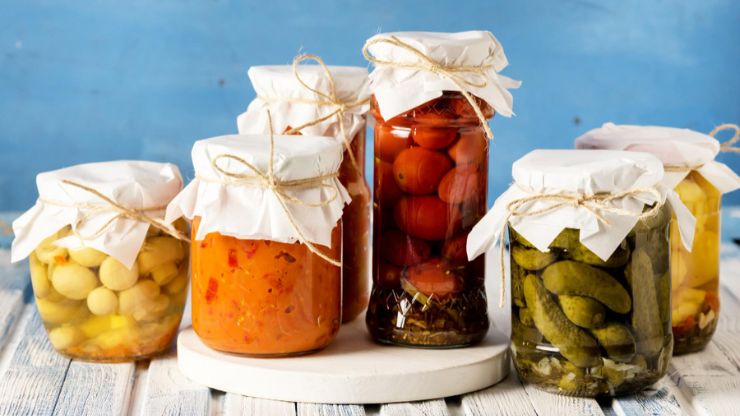Variety of Fermented Foods recipes at home – Fermentation is more than just a cooking technique; it’s a culinary adventure that has been practiced for centuries across cultures. The process involves harnessing the power of microbes to transform raw ingredients into flavorful, nutritious, and often probiotic-rich foods.
As our understanding of the importance of gut health grows, so does the popularity of fermented foods. In this blog, we’ll delve into the world of fermentation, sharing a diverse range of recipes that you can easily make at home, along with tips and insights to ensure your fermentation journey is a successful and rewarding one.
Table of Contents
ToggleGetting Started with Fermentation
Before we jump into the recipes, let’s briefly revisit the science behind fermentation. At its core, fermentation is a natural metabolic process where microorganisms, such as bacteria, yeast, and molds, convert sugars and other carbohydrates into acids, gases, or alcohol. This process not only enhances the flavors and textures of foods but also extends their shelf life.
Essential Ingredients and Equipment
To embark on your fermentation journey, gather a few essentials. Depending on the recipe, you might need glass jars, fermentation weights, and airlocks to create an anaerobic environment where beneficial bacteria can thrive. Common ingredients for fermentation include a variety of vegetables, fruits, dairy products, and even grains.
Health Benefits of Fermented Foods
Beyond their delicious taste, fermented foods offer a host of health benefits. The process of fermentation increases the bioavailability of nutrients, making them easier for our bodies to absorb. Moreover, fermented foods are teeming with probiotics—live microorganisms that support gut health and immune function. Several studies also suggest that consuming fermented foods can aid digestion and potentially alleviate certain digestive disorders.
Variety Of Fermented Foods Recipes At Home
Subsection: Vegetable Fermentation
Recipe 1: Classic Sauerkraut
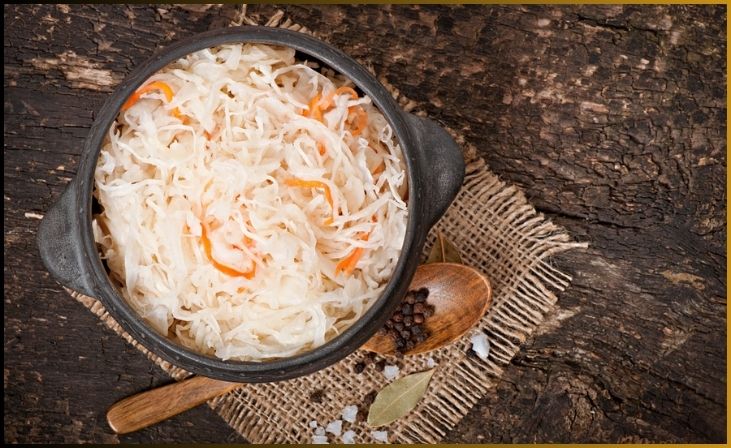
Sauerkraut is a beloved fermented cabbage dish with German origins. To make your own, you’ll need:
- Ingredients: Cabbage, salt, caraway seeds (optional)
- Fermentation Process: Finely shred the cabbage, massage with salt, pack into a jar, and let it ferment for about 2 weeks.
Recipe 2: Spicy Kimchi

A Korean staple, kimchi is a spicy fermented cabbage dish bursting with flavor. Gather:
- Ingredients: Napa cabbage, Korean radish, garlic, ginger, red pepper flakes, fish sauce (or vegan alternative)
- Fermentation Process: Combine the ingredients, pack into a jar, and allow to ferment for 1-2 weeks.
- Subsection: Dairy and Non-Dairy Fermentation
Keep reading for more details on Variety of Fermented Foods recipes at home.
Recipe 3: Homemade Yogurt
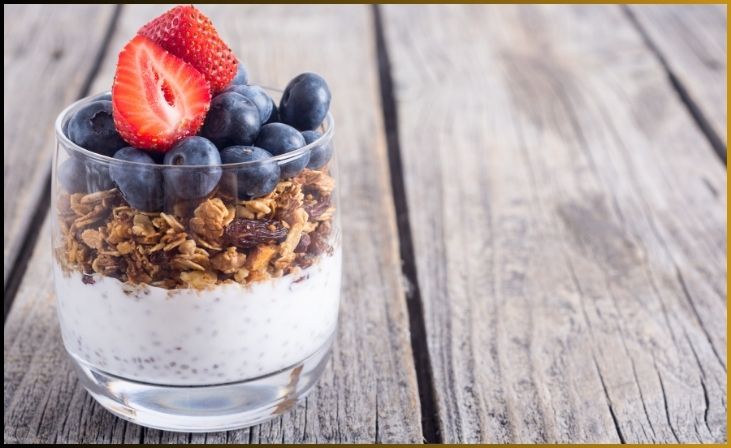
Yogurt-making is simple and rewarding. You’ll need:
Don't just scroll, subscribe!
BuzzTrail's unique web-stories are the cure for boredom you've been waiting for.
- Ingredients: Milk (dairy or non-dairy), yogurt starter culture
- Fermentation Process: Heat and cool the milk, mix with the starter culture, and incubate for 6-12 hours until thickened.
Also Read: Top 10 Health Benefits of Homemade Fermented Foods
Recipe 4: Coconut Milk Kefir
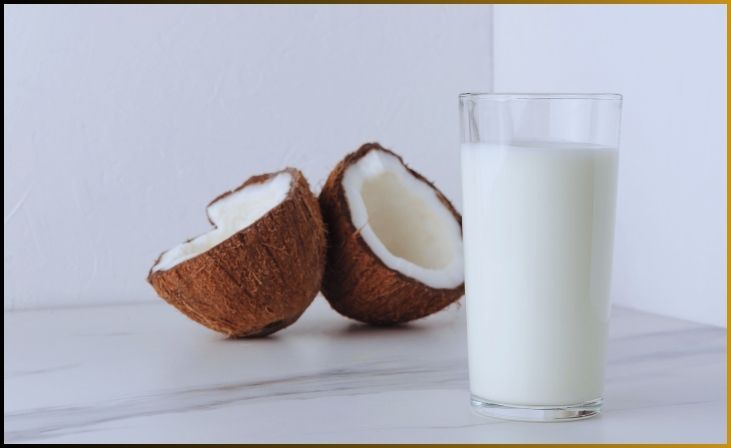
For a dairy-free probiotic boost, try coconut milk kefir:
- Ingredients: Coconut milk, kefir grains
- Fermentation Process: Combine milk and kefir grains, ferment for 12-48 hours, then strain and enjoy.
- Subsection: Grain Fermentation
Recipe 5: Tangy Sourdough Bread

Sourdough bread is a crusty, flavorful delight. You’ll need:
- Ingredients: Flour, water, sourdough starter (flour and water mixture)
- Fermentation Process: Create and feed your sourdough starter, mix dough, proof, shape, and bake.
- Subsection: Fruit Fermentation
Recipe 6: Fizzy Fruit Kvass

Kvass is a fermented fruit beverage with a delightful fizz:
- Ingredients: Fruit scraps (apple cores, citrus peels, etc.), sugar, water
- Fermentation Process: Combine ingredients, ferment for 3-5 days, strain, and bottle for secondary fermentation.
- Subsection: Beverage Fermentation
Recipe 7: Refreshing Ginger Beer
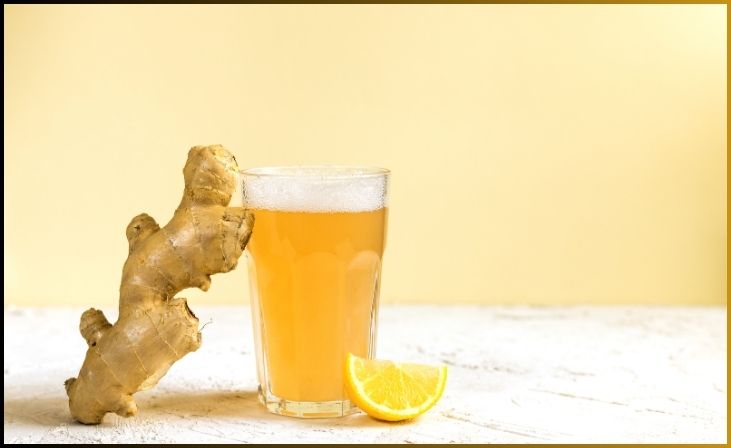
Enjoy the tang of homemade ginger beer:
- Ingredients: Fresh ginger, sugar, water, lemon juice, ginger bug (fermentation starter)
- Fermentation Process: Create a ginger bug, make the ginger beer base, ferment, and bottle.
Troubleshooting and Tips
Fermentation can sometimes be unpredictable, so here are a few tips to navigate common issues:
- Mold growth: If mold develops on the surface, discard the batch and sterilize equipment before starting anew.
- Off-putting odor: A strong smell doesn’t always mean spoilage; trust your senses and taste a small amount.
- Overly sour taste: Fermentation times can vary, so taste your ferment periodically to achieve the desired flavor.
Experimentation and Innovation
Don’t be afraid to get creative with your fermentations! Try adding herbs, spices, or even mixing different types of veggies for unique combinations. Secondary fermentations can add exciting flavors and effervescence.
Conclusion
In this blog, we have discussed Variety of Fermented Foods recipes at home. Embarking on the journey of fermenting your own foods opens up a world of flavors, health benefits, and culinary innovation. From tangy sauerkraut to fizzy fruit kvass, the possibilities are endless.
As you explore these recipes and techniques, remember that each batch is a learning experience, bringing you closer to the art and science of fermentation. So, roll up your sleeves, gather your ingredients, and savor the process of creating your own fermented delights right in your kitchen. Your taste buds and gut will thank you!
FAQs (Variety Of Fermented Foods Recipes At Home)
Is it safe to consume fermented foods?
Is it safe to consume fermented foods?
Yes, when prepared properly, fermented foods are safe to eat. The fermentation process naturally preserves and enhances flavors.
Can I adjust flavors in fermented recipes?
Can I adjust flavors in fermented recipes?
Absolutely! Experiment with spices, herbs, and ratios to customize flavors. Secondary fermentations offer creative opportunities.

